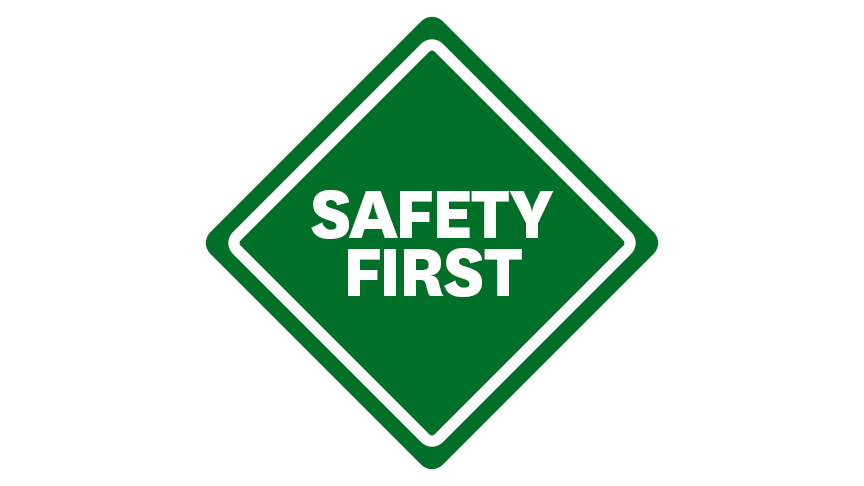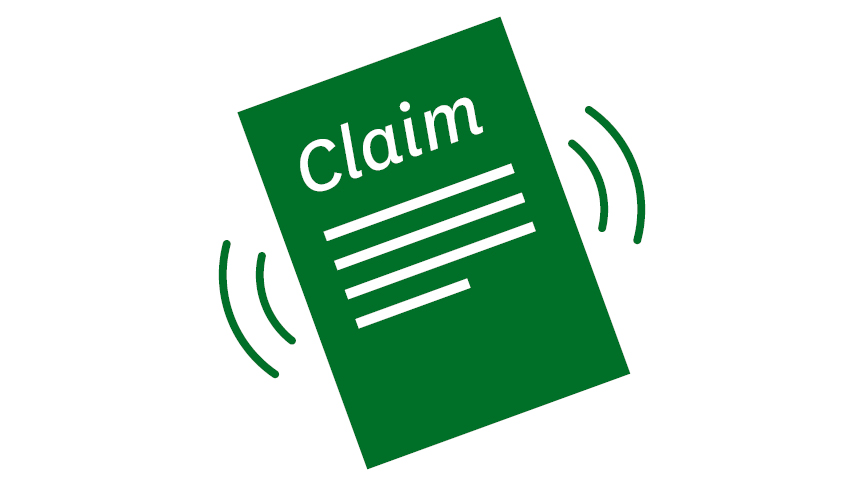Important information to prepare for disasters, the recovery response and staying safe.
FMG was formed in 1905 by farmers for farmers. During this time, we’ve seen our fair share of disasters. We have the experience and expertise to support our clients and get them back up and running after disaster strikes.
Safety first
Your safety is the priority. If a windstorm is heading your way, MetService will (in most cases) issue weather updates and warnings for areas at risk. If there is an alert in your area, it is best to stay informed and follow advice from local authorities and Civil Defence.
If a windstorm is heading your way, there are some easy ways to reduce your risk of damage to your vehicles and buildings:
- Do not travel unless absolutely necessary. If you are driving and a windstorm begins, reduce your speed. If it is unsafe to drive, pull over safely and wait until the weather clears. Be aware of any fallen trees or other objects on the road. Only continue driving if it is safe to do so.
- Move your vehicles into a garage or under cover if you can.
- Move items indoors if possible, or cover and anchor them if they remain outside.
- Irrigators should be moved into the safest position to reduce damage – point (parallel to the prevailing wind, not across it), park and anchor.

Make a claim
The easiest and quickest way to start your claim is via FMG Connect. Alternatively, you can call our Specialist Claims Team on 0800 366 466. Once we have received your claim, we will be in touch to provide further information and to clarify the next steps.
In a disaster, we may see a high influx of claims and longer wait times on our phones. In this scenario, we will prioritise clients who are vulnerable or cannot return to their homes.

Claim guide
Need support urgently?
If you need urgent assistance, your home is unliveable or you are experiencing vulnerability, please let us know so we can prioritise your claim. Depending on your policies with FMG, you may be eligible for a Temporary Accommodation benefit which could assist you with living elsewhere.
Check FMG Connect or your policy documents and get in touch to see how we can support you.
Frequently asked questions
General*
-
A large event can have a huge impact on not only our team, but assessors and tradespeople in your area. We will always endeavour to complete your claim as fast as possible, but it may take longer than normal.
Those who are vulnerable or whose house is unliveable will be prioritised, alongside those who are in highly impacted areas.
Our aim is to get you back on your feet and up and running as fast as possible.
-
An excess is the amount you pay towards your claim. Depending on how we settle your claim, excess payment options can vary. If you are getting repairs done, you may need to pay your excess to the repairer or supplier. If we cash settle your claim, the excess will be deducted off the total amount you are paid. To find your excess amounts, check your policy certificate.
-
In a large event, you may need to lodge multiple claims across your different policies. In this case you will pay only one excess (whichever one is the highest).
We will discuss the specifics of your claims and potential excesses with you, as every claim is different.
*This information is not intended to replace your policy wording, so please remember to check your policy documents or talk to us if you are unsure.
House
-
Once you have lodged your claim and local authorities have deemed it safe to re-enter the area, we can get started.
We will appoint an assessor to your claim who will either assess the damage on site or remotely, and will agree with you on the scope of the claim and an approximate cost to repair it, otherwise known as a “Scope of Works”.
Once this step is complete, we will discuss your claim settlement options with you.
-
You can complete temporary repairs to make your home weather-tight or safe, such as repairs to your roof, but please take photos before you do. Contact us before you engage any tradespeople or complete any non-urgent repairs on your property.
Contents
-
Once you have contacted us to make your claim, the next step is to start documenting your lost or damaged items on your Loss Schedule. If you are unable to contact us immediately, you can still proceed to document these items.
Where you can, note the items’ age, model numbers, manufacturer, purchase dates and price. It is helpful to also photograph these items to assist with your Loss Schedule.
Once you have completed your Loss Schedule, please send it through to us at claims@fmg.co.nz with your claim number in the subject line, and we will be in touch to get your claim settled.
-
Absolutely! This will assist with your Loss Schedule and will speed up the claims process for you. Photograph any damaged belongings or property whenever you can.
The best way to photograph the inside of your house is to stand in each corner of the room and take the photo facing towards the middle of the room (four photos per room). This will capture the entire floor area and provide our claims team with a full picture of the losses incurred. You cannot take too many photos!
-
There are several variables when it comes to the disposal of your damaged property, and the best way is to consult with your regional council first. They may provide skip bins or have information on refuse stations to use if the event has affected multiple households.
If you have your household contents insured with FMG, we cover the cost of removing damaged contents from your home. Speak to us first to find out what is covered. We will pay up to the amount shown on the certificate for any one event.
Please remember, until we have had a chance to assess your claim, only throw away spoiled food and ensure you document it on your Loss Schedule before you do.
Vehicles
-
Once you have lodged your claim, we will refer you to an assessor or local repairer who will view, photograph, and assess the damage and work out the scope and cost of repairs. We then review this assessment and decide if your vehicle is economic to repair or not.
Once this step is complete, we will then discuss settlement options with you.
-
If your vehicle is badly damaged or if water has entered your vehicle, do not drive it.
Vehicles affected by water damage can be extremely dangerous, as they can lose function suddenly or their airbags can deploy with no warning. Please advise us immediately if your vehicle is badly damaged or water damaged.
Depending on the severity of the damage we may arrange a tow for your vehicle, so you do not have to drive your vehicle to the repairer for assessment. Please do not drive your vehicle until it has been given the all-clear by a repairer.
-
If your vehicle is being towed, ensure you remove any personal items from the vehicle if it is safe to do so.
If your contents policy is with FMG, we can discuss cover for any items that were damaged whilst inside your vehicle. Please note these on your Loss Schedule. Please ensure you lock your vehicle with no keys inside; the towing team will be in touch with you to pick these up instead.
-
If you have an ‘Irrigator Loss of Use’ policy showing on your certificate, the policy will trigger if an insured irrigator is non-operational for more than 14 days following a loss from a windstorm. The period of insurance for this type of cover is from 1 September to 30 April. If a loss has occurred, please contact our claims team and they will discuss the next steps.
-
Once you have lodged your claim, we will refer you to an assessor or local repairer who will view, photograph, and assess the damage and work out the scope and cost of repairs. Our assessor or claim consultant will then discuss options with you.
Farm Buildings
-
Once you have lodged your claim, we will determine if an assessor is required to assess the damage on site or remotely, or if the claims handler is able to manage your claim using photographs of the damage and repair quotes.
We will then reach an agreement with you on the scope of the claim and an approximate cost to repair it, otherwise known as a “Scope of Works”. Once this step is complete, we will discuss your claim settlement options with you.
-
If you have sustained damage to your farm building (e.g. your dairy shed) and are unable to continue with your farming operations, you may be covered for financial loss such as income, rent or increased costs of working due to this loss.
There are various policies that can help depending on your financial loss, such as Business Interruption and Farm Contents, so contact us to discuss which of your policies may be able to help.
Commercial Buildings
-
Once you have lodged your claim and local authorities have deemed it safe to re-enter the area, we will determine if an assessor is required to assess the damage on site or remotely, or if the claims handler is able to manage your claim using photographs of the damage and repair quotes.
We will then reach an agreement with you on the scope of the claim and an approximate cost to repair it, otherwise known as a “Scope of Works”.
Once this step is complete, we will discuss your claim settlement options with you.
-
Business Interruption insurance covers certain types of financial losses and increased costs of working that result from insured damage to your building.
You must have a Business Interruption policy in place to lodge a claim. To see if you have selected this cover, please refer to your policy certificate or FMG Connect, or contact us directly for more information.
Orchard Fruit
-
There is no cover for windstorm damage to Orchard Fruit under any FMG policy.
Crop
-
Growing crop
If you have an Arable Crop policy, and ‘Crop Expanded Perils and Fire’ is shown on the certificate, your growing crop is insured for accidental loss caused directly by windstorm (this loss must exceed 30% of the estimated yield of the field). If a loss has occurred, please contact our claims team and they will discuss the next steps.
Harvested crop
Harvested crop is covered for sudden and unforeseen accidental loss for up to 12 months from the date of harvest or until sold, whichever occurs first.